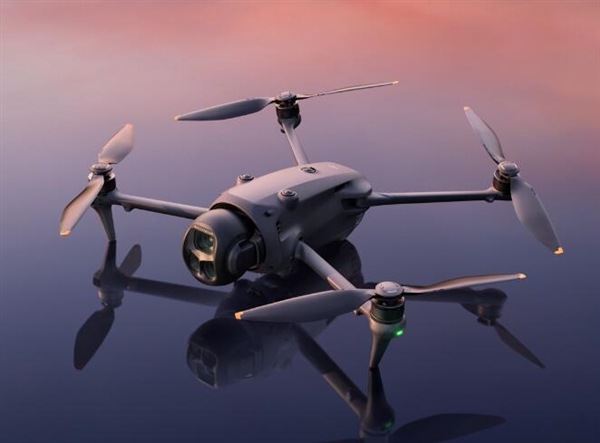In recent months, the ongoing geopolitical tensions between Romania and Russia have become a significant focus of international attention, particularly due to the incidents involving unmanned aerial vehicles. These drones, typically referred to as “Russian drones”, have raised numerous security concerns across Eastern Europe, especially in Romania. As geopolitical climates continue to fluctuate, understanding the implications and developments related to these events becomes crucial for policymakers and citizens alike.
Geopolitical Background
Romania, a member of the European Union and NATO, shares deep historical and political ties with Western institutions. Its strategic position on the Black Sea provides both challenges and opportunities in international relations. On the other hand, Russia’s geopolitical strategies often involve exerting influence over Eastern European states through various means, including the use of drones for surveillance and potential military purposes.
Drone Activity and Impacts
Drones have become vital tools in modern warfare and intelligence gathering. Recently, sightings of Russian drones over Romanian airspace have been reported, sparking discussions on national security and defense strategies. These drones are believed to be collecting data on military installations and activities, raising significant concerns about sovereignty and the need for enhanced surveillance equipment.
Romania’s Response and Strategy
Romania has responded to these incursions by strengthening its defensive measures, collaborating closely with NATO allies to ensure robust preparedness and deterrence strategies. The country has invested in advanced radar systems and interception capabilities, aiming to secure its airspace from unauthorized drone activities. Diplomatic engagements with Russia have also been intensified to address the situation and prevent escalation.
International Implications
The drone incidents have broader implications for international relations, highlighting the fragile dynamics in Eastern Europe and the pressing need for cooperative security arrangements. The security of Romania is crucial not only for its citizens but also for the stability of the region. This situation invites larger questions about international norms concerning drone usage and the balance of power in Eastern Europe.
Technological Advancements and Challenges
The advent of drone technology has revolutionized how countries conduct reconnaissance and military operations. The sophistication of Russian drones poses challenges to Romanian defense systems, necessitating continuous upgrades in technology and strategy. This calls for agile adaptability and innovation in defense tactics to counter these advanced aerial threats effectively.
Potential Future Developments
Looking ahead, Romania’s strategy must evolve in response to the growing capabilities of drones. Collaborative efforts with technological firms and defense partners can enhance innovation in drone deterrence systems. Moreover, international policy dialogue remains crucial to establish legal boundaries and cooperative measures for drone usage and aerial security.
FAQ: Common Concerns
Are the drones used for military aggression? Although there is concern about surveillance, direct aggression through drones has not been confirmed. The primary concern revolves around the potential intelligence gathering and monitoring capabilities of these devices.
How can Romania enhance its defenses? Collaboration with NATO allies and investing in advanced technologies are essential steps. Continuous monitoring and engagement in diplomatic dialogue also play crucial roles in maintaining security and peace.
Collaboration with NATO allies and investing in advanced technologies are essential steps. Continuous monitoring and engagement in diplomatic dialogue also play crucial roles in maintaining security and peace.

Can diplomatic measures successfully resolve these tensions? While diplomacy is vital, the complex geopolitical landscape means that robust defense preparedness must complement diplomatic efforts.
